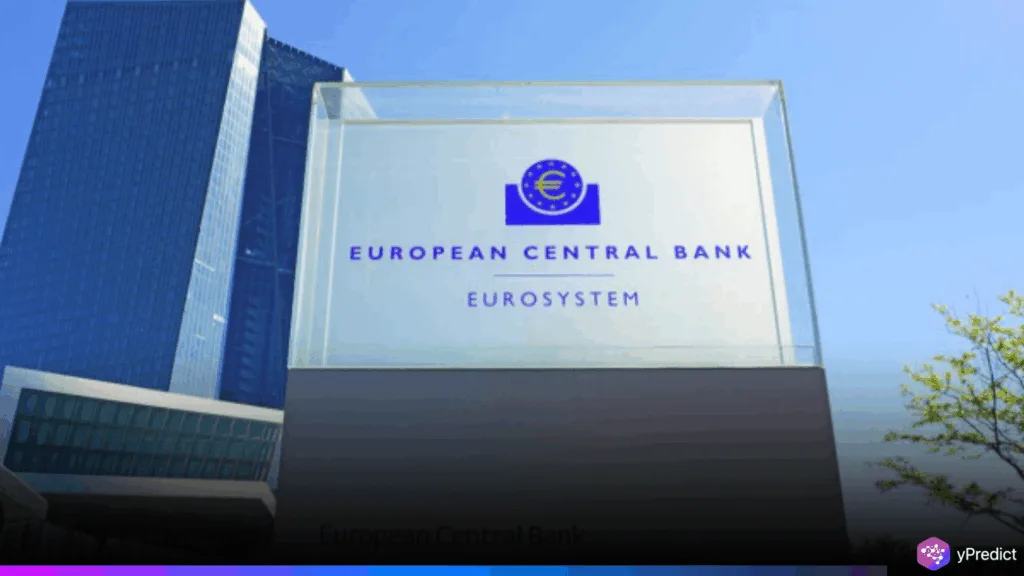
The European Central Bank (ECB) is widely expected to announce another interest rate cut at its June meeting. As a result, the deposit rate is anticipated to increase to 2%. The reduction occurs at the same time that Euro inflation drops below 2% for the first time since February 2021.
Furthermore, it is anticipated that the interest rate decision will increase market volatility and spark conversations regarding the effects of tariffs. A press conference by ECB President Christine Lagarde and the revised growth and inflation forecasts will also raise expectations.
Will the ECB Interest Rate Cut Continue?
The European Central Bank is anticipated to lower interest rates by 25 basis points for the seventh time in a row. This action is consistent with the central bank’s objective of encouraging growth, considering that the eurozone’s inflation rate dropped to 1.9% in May.
Additionally, core inflation dropped, indicating less pressure on prices in the Eurozone. There will be quarterly economic forecasts published along with the ECB rate announcement. To understand the central bank’s future trends, these projections are crucial.
Several ECB members have called for caution despite this downward trend in inflation. Additionally, legislators like Isabel Schnabel and Robert Holzmann expressed concern about taking premature action. They pointed to uncertain economic signals and the escalating tariff impact of recent U.S. trade threats. Additionally, they are calling for a hold on rate changes until September.
ECB strategy shifts under global trade pressure
US President Donald Trump further strained already tense trade relations in May when he threatened to impose 50% tariffs on EU goods. He later announced a 50% tariff on steel and aluminum imports, but the implementation was delayed to July 9. As a result, these actions increase economic uncertainty in the Eurozone. Additionally, it forces the ECB to take tariff effects into account when making decisions.
In addition to expecting a rate cut, TD Securities also expects a hawkish tone. This implies that this might be the last cut for a while. Analysts point to indications of economic resilience while projecting weaker growth and inflation forecasts.
Markets are expected to react sharply to Christine Lagarde’s comments. She might put the interest rate cycle on pause. This could happen if she indicates that trade-related risks should be watched before making more cuts. However, a focus on deflation could lead traders to wager on more easing, which would lower the value of the euro.
EUR/USD Prepares for ECB-driven Market Volatility
The Euro inflation trend and ECB guidance will shape the EUR/USD trend. The pair has held firm this year due to U.S. dollar weakness, but now shows signs of pullback. Since the pair remains above all significant moving averages, Dhwani Mehta observes that there may be upward momentum. Resistance is 1.1456 and 1.1500, and support is 1.1285 and 1.1220. EUR/USD will fall further if the ECB takes a dovish approach. Alternatively, a neutral or hawkish approach could see the euro rebound.
What’s Next After the ECB Interest Rate Decision?
As markets await the ECB interest rate decision, they continue to focus on inflation and trade uncertainty. If President Lagarde makes any indications of a future data-dependent approach, the easing path might come to a temporary stop. As a result, investors will be looking for changes in inflation forecasts and comments on the tariff’s impact. In the upcoming months, the ECB’s interest rate policy will be influenced by the economy’s resilience and the way these threats develop.







